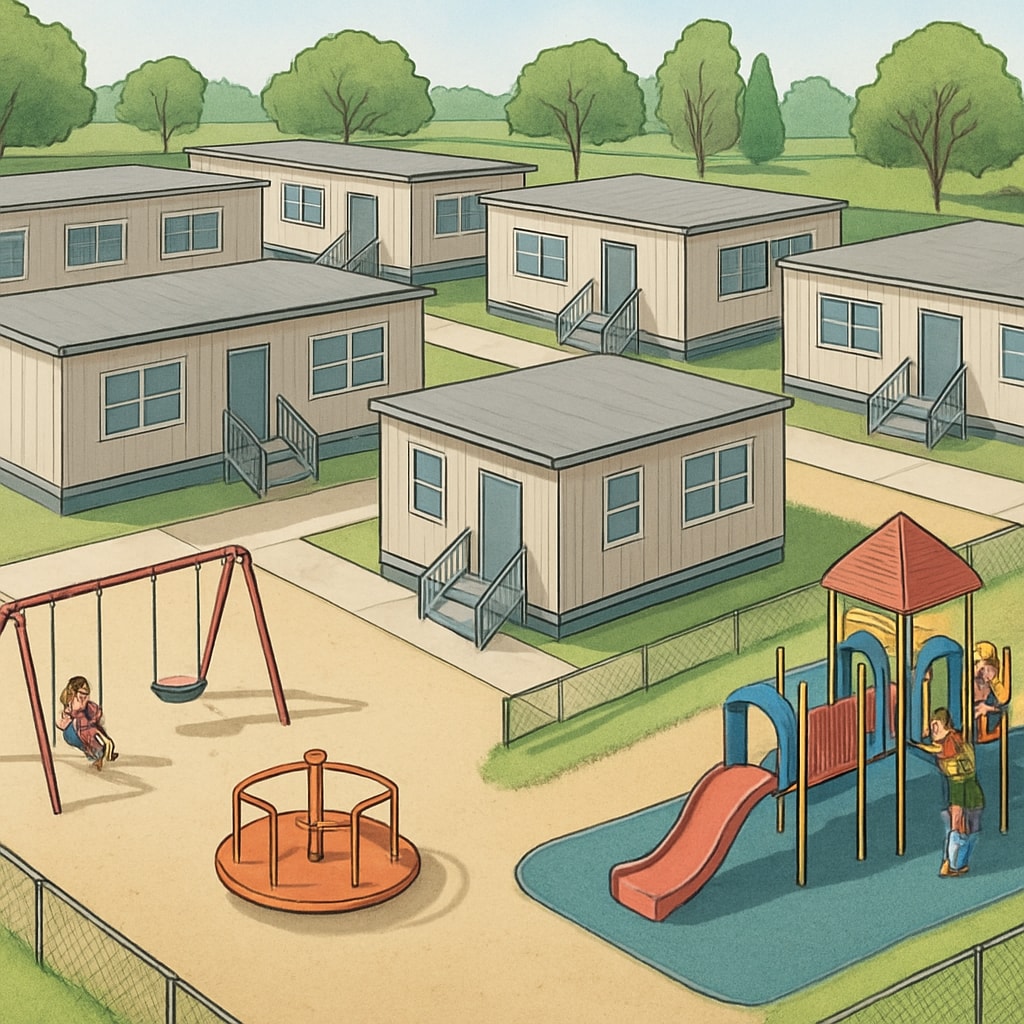Temporary school relocations, such as moving a primary school to trailer classrooms in a high school campus, often spark concerns among parents. These concerns typically center around how such changes might affect their children’s formative experiences and cherished elementary school memories. While the physical environment undeniably plays a role in shaping students’ academic and social growth, these transitions can also offer unique opportunities for resilience and creativity. This article delves into the potential impacts of temporary relocations on children and provides strategies for ensuring a positive experience in unconventional educational settings.
How Physical Environments Influence Childhood Memories
Children’s early memories of school are often tied to their surroundings. The colorful hallways, cozy classrooms, and outdoor play areas of an elementary school all contribute to a sense of belonging and security. When these familiar spaces are replaced with temporary trailers or makeshift classrooms, it can disrupt children’s routines and comfort levels. For younger students, this change might cause feelings of disorientation or anxiety, particularly if the new environment feels less personalized or welcoming.
However, research highlights that the emotional and social context of learning environments often outweighs physical factors. A study on learning spaces by Britannica suggests that supportive teacher-student relationships and peer interactions are more significant in shaping positive school experiences than the aesthetic appeal of the surroundings. Therefore, while temporary relocations may initially feel disruptive, they can still foster a strong sense of community and belonging with the right approach.

Adapting to Temporary Classrooms: Challenges and Opportunities
One of the immediate challenges of temporary relocations is the adjustment period for both students and teachers. Trailer classrooms, often smaller and less equipped than standard facilities, may lack the resources and ambiance of a permanent school. Moreover, being situated on a high school campus might expose elementary students to a different social atmosphere, which can be intimidating.
Despite these challenges, temporary relocations can also present unique opportunities. For instance:
- Encouraging adaptability: Children learn to navigate change and develop resilience, which are valuable life skills.
- Promoting creativity: Teachers often find innovative ways to make limited spaces engaging and functional for young learners.
- Fostering inter-age interactions: Sharing a campus with older students can offer younger children a glimpse of future academic milestones, inspiring curiosity and ambition.
According to an article on educational psychology, fostering a growth mindset in students helps them view challenges as opportunities for personal development. In the context of a temporary relocation, educators and parents can frame the experience as an adventure rather than a disruption.

Strategies for Creating Positive Experiences in Temporary Settings
To ensure that children continue to thrive academically and socially during a temporary relocation, schools and families can adopt several strategies:
- Personalization: Decorate classrooms with student artwork and familiar elements from the old campus to create a sense of continuity.
- Routine consistency: Maintain consistent daily schedules to help children feel secure and grounded.
- Parental involvement: Encourage parents to participate in school activities and provide feedback on ways to improve the temporary environment.
- Communication: Keep children informed about the reasons for the relocation and involve them in discussions about the transition.
- Outdoor learning: Utilize outdoor spaces creatively to supplement the classroom experience and provide children with opportunities for physical activity and exploration.
By focusing on these strategies, schools can transform temporary relocations into enriching experiences that leave lasting positive memories for their students.
Conclusion: Building Resilience Through Change
Temporary school relocations, while challenging, do not have to negatively impact childhood memories. By prioritizing emotional and social well-being, fostering creativity, and maintaining strong communication, educators and parents can turn unconventional environments into opportunities for growth. In the end, it is not the walls of the classroom that shape a child’s school memories but the relationships, experiences, and lessons learned within them.
As schools continue to adapt to changing circumstances, the ability to create a nurturing and stimulating environment, regardless of physical limitations, becomes increasingly crucial. With the right support, children can emerge from these transitions more adaptable, curious, and resilient than ever before.


